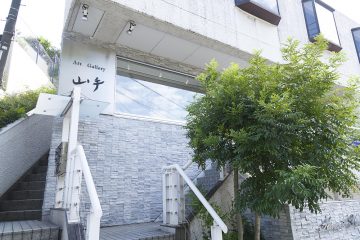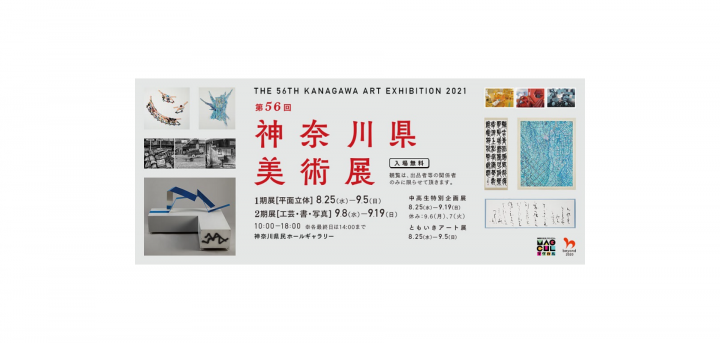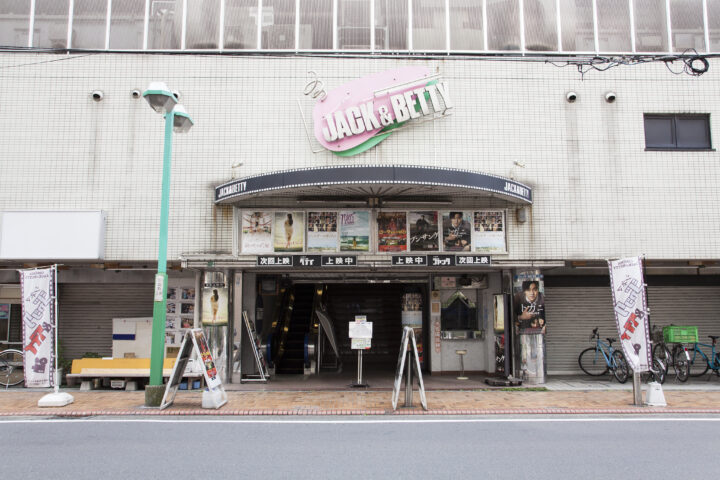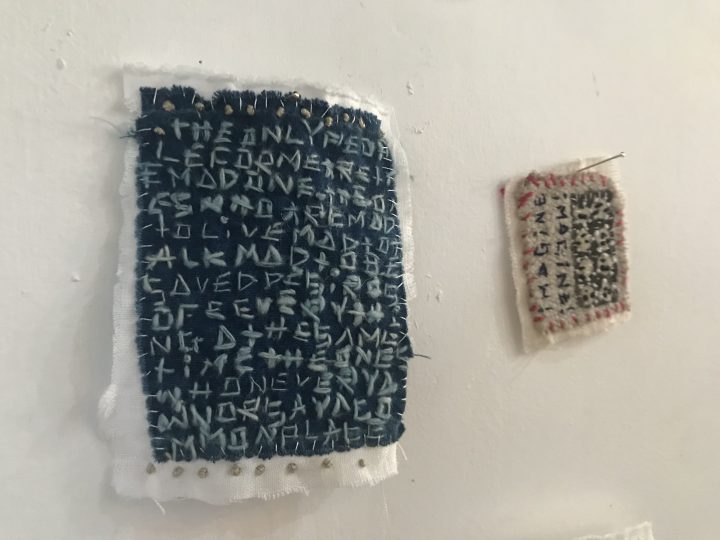From Picasso to Warhol: The "Trialogue" exhibition where the "collections" of three museums resonate with each other
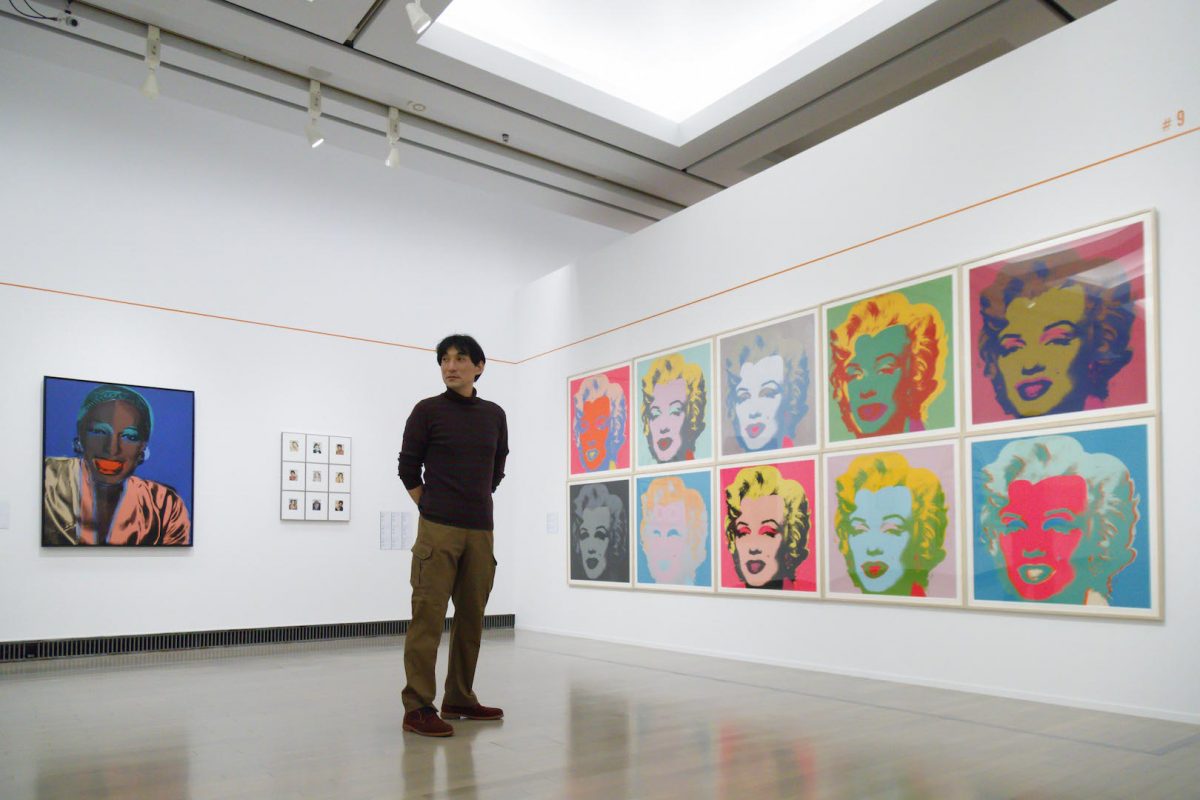
When the media reports that famous works by artists such as Monet and Renoir are coming to Japan, it makes you excited to go to the art museum. However, I felt a little sad that the "Trialogue" exhibition currently being held at the Yokohama Museum of Art (until Sunday, February 28, 2021) was missing such "eye-catching works," perhaps due to the COVID-19 pandemic.
However!
When you actually go there, you'll find a huge lineup of famous works by artists like Picasso and Warhol! This project was apparently born from the idea of public art museums in Yokohama, Aichi, and Toyama bringing together works from their respective collections. I used to think of art museums as places to go to see exhibitions, but perhaps an important role is to collect such collections and teach people how to view and enjoy them...
We asked Shintaro Matsunaga, chief curator at the Yokohama Museum of Art, to answer these simple questions.
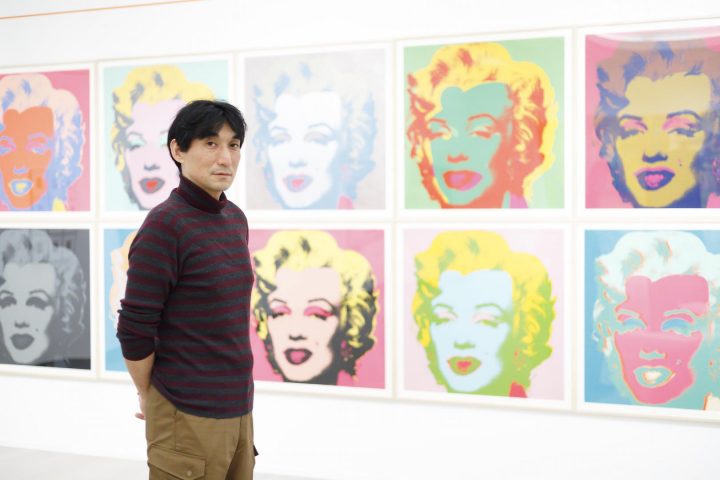
There is an image that "art museum = a place to go to see an exhibition"
That image may be strong. In fact, many Japanese art museums are busy holding "special exhibitions" featuring large-scale works on loan several times a year, and tend to display their own collections as a kind of bonus in "permanent exhibitions (collection exhibitions)." However, this may be a situation unique to Japan.
For example, museums like the Louvre and the Musee d'Orsay have wonderful collections that you can see anytime you visit, so there's no thought of "going to see a special exhibition." However, in the case of Japanese art museums, the quality and quantity of their own collections alone are often insufficient to satisfy visitors. Therefore, in order to meet visitors' expectations, special exhibitions featuring borrowed masterpieces are emphasized.
What other work is required at a museum besides exhibitions?
Of course, planning and running exhibitions is one of the jobs of a museum, but the core of the museum is "collecting artworks." Following the flow of art history, they collect works that should be preserved for the future and pass them on to future generations. In other words, the collection itself can be said to be the identity of a museum. It is the job of curators to conduct research and study on the collected works, and an exhibition can essentially be positioned as a place to present the results of that research.
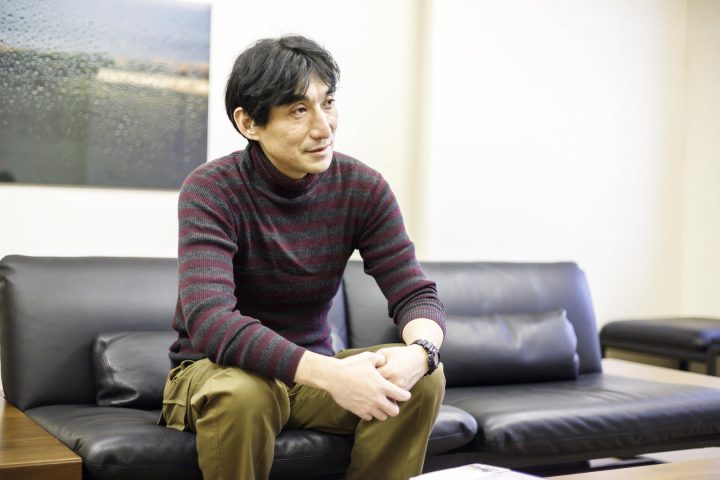
So this "Trialogue" exhibition was made possible because the concepts behind the collections at the three museums are similar.
That's right. If a single museum's collection alone doesn't have much appeal, why not team up with other museums that are collecting works based on a similar concept? That was the genesis of this project. Looking to hold an attractive exhibition on a limited budget, we looked at domestic resources and our eyes fell on the Aichi Prefectural Museum of Art and the Toyama Prefectural Museum of Art. Both museums have collecting guidelines that overlap with the Yokohama Museum of Art, so if the three museums joined forces, we could complement each other's weaknesses and perhaps understand 20th-century Western art. With this in mind, we contacted them and they readily agreed.
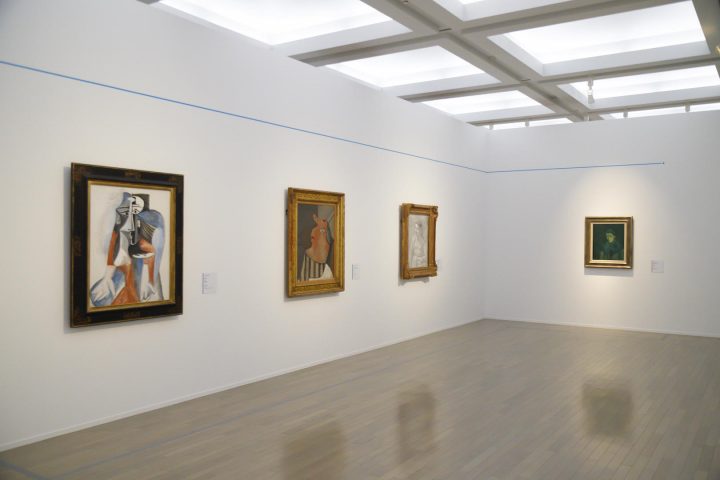
For example, Pablo Picasso's "Woman Asleep in an Armchair" (1927) is one of the museum's signature pieces, but when placed next to works depicting women of different eras, such as "Woman with a Blue Shawl" (1902) from the Aichi Prefectural Museum of Art, and "Woman in an Armchair" (1923) and "Seated Woman" (1960) from the Toyama Prefectural Museum of Art, a different world emerges.
Also, while at our museum, Juan Miró is synonymous with "Flowers and Butterflies" (1922-23), for Aichi it's "Painting" (1925), and for Toyama it's "Man Smoking a Pipe" (1925). Repeat visitors to the Yokohama Museum of Art may be surprised by the difference in style. However, by displaying these three works side by side, you can see the dramatic changes in Miró's artistic career over just two or three years, and you can enjoy familiar works from a new perspective.
It seems likely that there will be more collaborations between art museums in Japan in the future.
Of course. There are 20 art museums that could potentially host interesting exhibitions by matching their works with our collection, so the combination possibilities are endless. While the COVID-19 pandemic makes it difficult to borrow works from overseas, we expect to see an increase in projects in which domestic art museums team up to make the most of their own collections.
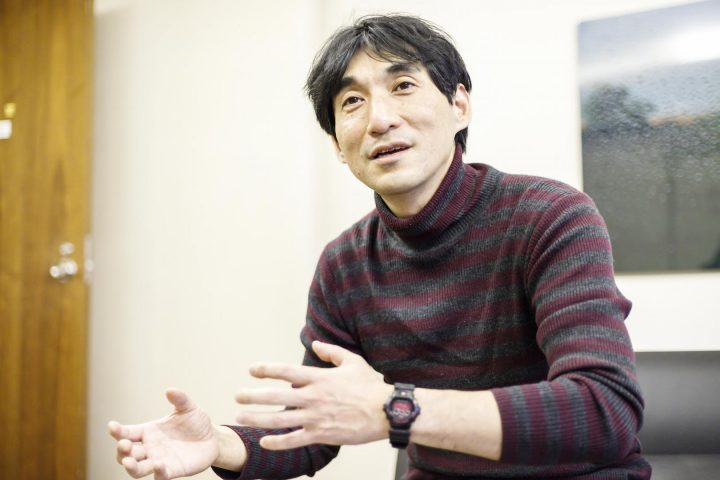
The Yokohama Museum of Art has a collection of approximately 13,000 pieces, but unfortunately, it is true that not all of these pieces are being utilized, and that some pieces have not been thoroughly researched or have rarely had the opportunity to be exhibited. It goes without saying that in order to utilize this important collection, it is important for us curators to conduct in-depth research into the artists and their works. The "Trialogue" exhibition not only brought together and exhibited works from each museum's collection, but also provided a good opportunity to deepen our research and study by including works from other museums' collections.
After the "Trialogue" exhibition closes, the Yokohama Museum of Art will be closed for over two years for major renovations. What will the curators be doing during this time?
I said earlier that "exhibitions are one of the jobs of a museum," but in reality, we are doing our best to hold about four exhibitions a year, and have not been able to devote enough time to researching and studying the collections. In that sense, being closed for more than two years is a rare opportunity, so I would like to tackle things that I have not been able to do until now. It will be an opportunity to expand my knowledge through training at other museums, and it would be great if I could review my own collection and develop a new perspective.
Please look forward to our reopening!
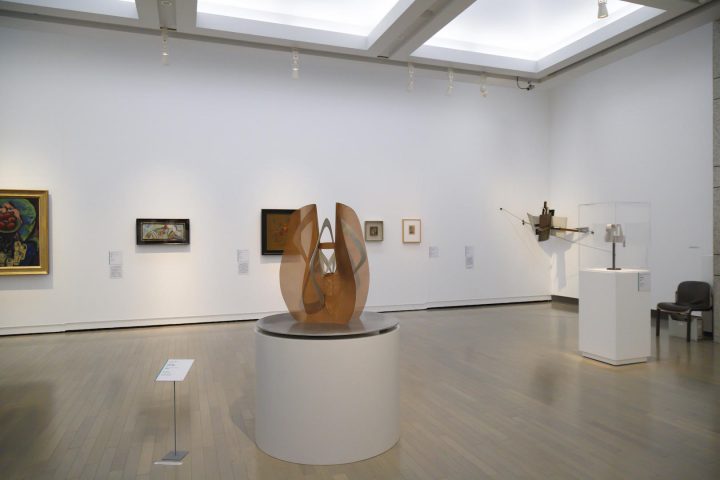
Trialogue
Yokohama Museum of Art , Aichi Prefectural Museum of Art , Toyama Prefectural Museum of Art
20th Century Western Art Collection
[Dates] Saturday, November 14th - Sunday, February 28th, 2021
[Opening hours] 10:00-18:00 (entry until 17:30)
[Venue] Yokohama Museum of Art
[Closed] Thursdays (except February 11th), December 29th (Tuesday) - January 3rd, 2021 (Sunday), February 12th (Friday)
[Price] Adults ¥1,500 / University and vocational school students ¥1,100 / Junior and senior high school students ¥500 / 65 years and older (proof required) ¥1,400 / Elementary school students and younger free / Persons with a disability certificate and one caregiver free
*Reservation required for specified date and time
[Inquiries] 045-221-0300 (Yokohama Museum of Art)
*********************************
Applications for this giveaway have now closed. Thank you to everyone who applied.
[Gift application details]
We will be giving away tickets to the "Trialogue" exhibition, currently being held at the Yokohama Museum of Art (until Sunday, February 28, 2021), to 5 pairs of 10 people.
[How to apply]
If you are interested, please apply using the application form below. We look forward to receiving your application.
[Application Deadline]
Until 23:59 on Wednesday, December 23rd
[Lottery and Winner Announcement]
Winners will be notified by the mailing of their tickets (which will be sent by the Kanagawa Prefectural Cultural Affairs Division).
*If we are unable to deliver the tickets to the winner due to an unknown address, etc., the prize will be invalidated.
*Personal information provided will not be used for any purpose other than the lottery.
*This exhibition requires online reservations with a specified date and time. Even if you have an invitation ticket, you must reserve a date and time online.
